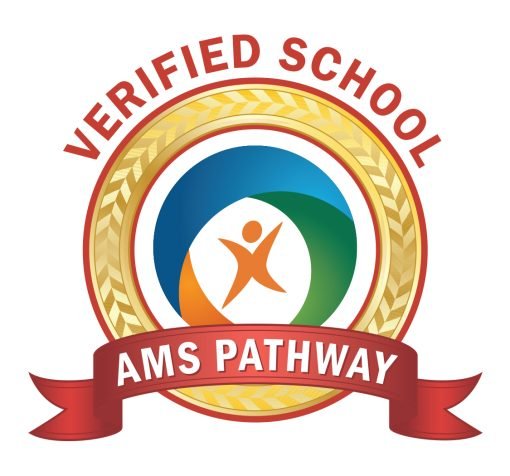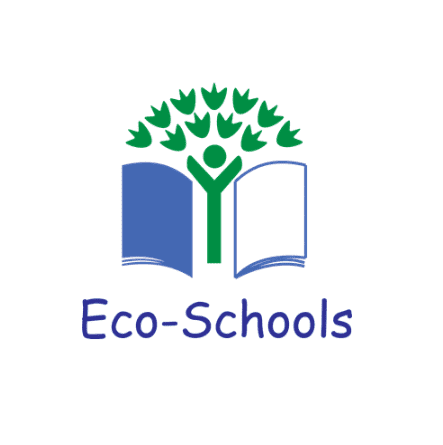Reading is an essential skill. Nurturing children and equipping them with the tools they need to become proficient readers is a critical part of their education during ages 6-12.. The Science of Reading is a research-based approach to reading instruction that has garnered attention for its effectiveness in teaching the foundational skills necessary for reading proficiency. This curriculum places a strong emphasis on explicit, systematic phonics instruction, phonemic awareness, fluency, and vocabulary development.
At Montessori House for Children and Elementary School, we are committed to teaching our students the skills they need to become proficient, independent readers. We utilize Acadience Reading as the screening tool for newly enrolled students, students in their final year of early childhood education, and first-year elementary students. This system helps us assess the effectiveness of our instructional methods. It does this by measuring reading proficiency and helps to identify children who may have reading difficulties. This approach allows us to tailor our instruction to ensure our students’ reading skills progress.




